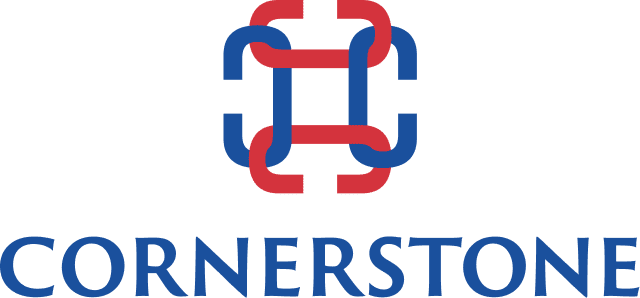WH Hire a Classic Error Says Expert
ATLANTA, GA. Aug 3, 2017 – The short White House career of Anthony “Mooch” Scaramucci is a text-book example of how not to hire an executive, says a top recruiter.
“The President apparently made a “gut decision” on this one,” says Larry Shoemaker, President of Cornerstone International Group, a global executive search firm. “More objective processes by a professional recruiter would have revealed the weaknesses which resulted in Mr. Scaramucci’s early departure.”
A brief tenure as White House Communication Director ended after only 10 days marked by offensive and undisciplined public remarks by the new hire.
Writing in the Cornerstone Blog this week Shoemaker cautions to leave your emotions at the door if you want to hire the best talent. Going “with your gut” is a recipe for disaster when you’re looking for that change-maker.
“New tools and techniques can give you tremendous insight into a person’s potential if you know how to use them,” he says. “Why would you think your instincts are more reliable?”
A 25+ year veteran of executive search, Shoemaker also owns local recruiter Shoemaker & Associates, one of 45 member firms that make up Cornerstone International Group. The group offers integrated services across 35 countries.
Shoemaker’s blog post lists five critical steps in defining how successful a potential hire will be in a given organization. All five steps fall under Preparation.
“The time invested in clarifying the role, describing ideal candidates, and establishing the selection criteria ensures that emotions only play an appropriate part of the hiring decision, not a dominant one,” he says.
Shoemaker’s five steps consider not only the candidate’s immediate suitability but also how the organization’s vision is going to fit into the candidate’s career goals. Here is a summary of the five points:
- Identify what you expect from the role – what success will look like, both in 90 days and in the years ahead
- Understand what a candidate should have accomplished to be qualified
- Know the important traits/characteristics an individual should have to be effective in the role and in your culture
- Consider how your vision for the role fits the candidate’s career goals
- Be willing to think outside the box: you may meet unique candidates who cause you to consider deviating from your original target profile. Having flexibility is always good. If you do change from the original target, be aware of the reason, and acknowledge what you anticipate the change to deliver.

